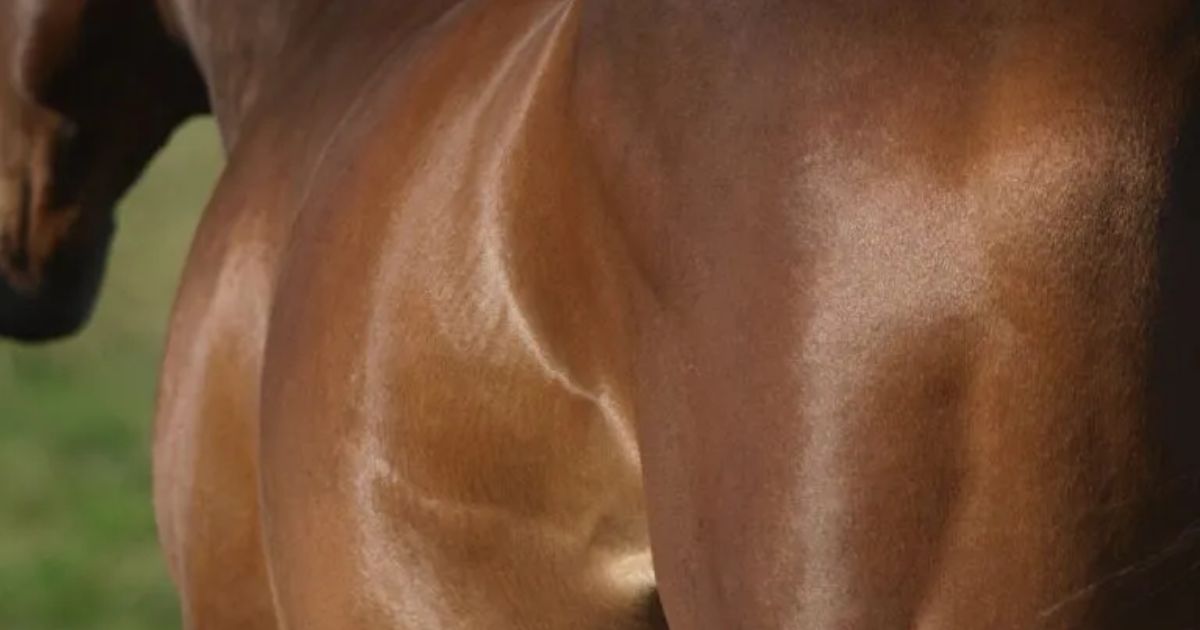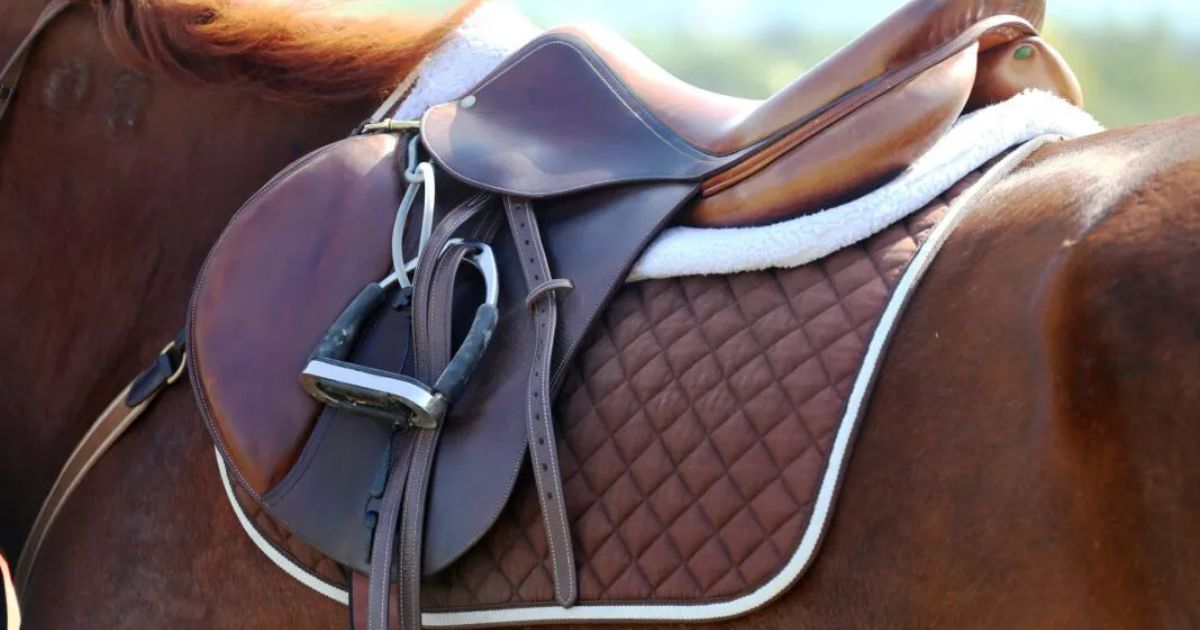Menu

Is your horse suffering from girth cramp, is it particularly sensitive to grooming and touching, or does it have problems with the saddle? According to Anja Thorup Jensen, who holds a Cand. Scient. with a specialty in horse behavior and welfare, it could be related to a very specific muscle. A thin muscle, located right next to the horse's skin, covering a large area of its saddle and girth area. The muscle in question is called Cutaneus trunci. Here you can read what Anja writes about it and the problems it can cause if it becomes sore or injured.
Read also: 5 Types of ponies you always meet at competitions
Once, I visited a wonderful little horse. When I worked in the area just behind the shoulder, the owner was surprised that the horse started to kick backward with the same side's hind leg, thinking the horse might be getting a bit impatient or perhaps even mischievous. This led to a discussion about anatomy, girths, saddles, and how everything is interconnected – and about how horses are not "naughty" but almost always have a good reason for reacting as they do.
Even though I was right behind the shoulder and working, it was very likely that the horse felt something in its hock
Anja Thorup Jensen, Modern Horse Keeping.
As I explained to the owner, the muscle Cutaneus trunci, which I was working on, originates from the area right behind the shoulder and is connected to both the forelegs and the hock. This means, even though I stood right behind the shoulder and worked, it was very likely that the horse felt something in its hock, which it found uncomfortable, and that was the reason it was kicking out with its hind leg. Fortunately, it didn't take long before the tension in the muscle eased, and the horse stood with half-closed eyes, simply enjoying being worked on.
This muscle, Cutaneus trunci, is quite interesting in my eyes. But unfortunately, I also experience that it is a muscle that causes many horses problems. The muscle lies just under the skin and is quite thin, but at the same time covers a rather large area. It is not directly involved in the horse's movement, but since we place the saddle right on top of this muscle and tighten the girth around it, the muscle can easily be affected by the saddle and girth. This is especially the case if the saddle does not fit the horse, or if the girth is tightened too much.
Read also: 6 tips for clipping without force and insecurity
Since the muscle, in addition to being where we place the saddle, also connects to both the horse's forelegs and hind legs, both the actions of the forelegs and hind legs can easily be affected when this muscle is influenced. In this way, it can still have a significant impact on the horse's movement.

I find that the aforementioned muscle is often involved when horses become upset about having a saddle put on. I think that this is partly because it is also the muscle that the horse, along with the muscle “Cutaneus omobrachialis,” uses to shake flies away. The two muscles, whose muscle fibers interlock, are therefore also called the “fly shaker muscle.”
The reflex that triggers the trembling in the muscle when a fly lands on the horse may be more pronounced, or give a stronger sensation in some horses than in others. This may help explain why some horses are more sensitive to the saddle.
In addition, this quite thin muscle can easily be affected and perhaps even damaged, for example, due to an ill-fitting saddle, a girth that has been tightened too much, too much weight in the saddle for a long time, blows in connection with play, and so forth. This can lead to the horses actually experiencing pain or discomfort when the muscle is touched. It also means that the horse is probably not being naughty if it, for example, lays its ears back, bites, or kicks when you approach with the saddle. It is simply trying to alert you to its pain or discomfort.